Speaker profile

Dr David Temperley
Available for booking

Sale, Greater Manchester, England

50 miles travel distance

Amateur Astronomer
Summary
I am an amateur astronomer, enthused by finding out how the universe works. I have developed a number of talks aimed at astronomy clubs which make extensive use of simple animations to illustrate astronomical scientific principles.
Full biography
I am a medical doctor, a consultant radiologist. I have been interested in astronomy since childhood, and over the last few years I have undertaken many online astronomy courses. I am enthused by developing an understanding of how the universe works, whether it is our solar system or the Big Bang and cosmology. From these I have developed a number of presentations which have been well received by local astronomy societies. They aim to explain scientific principles in astronomy in a simple way, with extensive use of simple but effective animations to illustrate the principles behind astronomical systems, and how astronomers make sense of the universe as we see it.
I would love to visit astronomy societies in the North West of England, meet fellow astronomy enthusiasts and give one of my prepared talks.
Affiliations
Lectures
Jupiter the Bully and Saturn the Saviour- How the Solar System Formed
In this talk, I describe how the planets formed from dust in the protoplanetary disc through rocks, planetesimals, proto-planets and finally into fully formed planets. I introduce a number of up-to-date theories to explain the formation of the system, including the Grand Tack and the Nice Model
The Quasar Mystery. How Quasars and Active Galactic Nuclei were discovered and explained
In this talk, I explain how quasars and active galactic nuclei were discovered and explained. The talk will cover the discovery of quasars by visual and radio telescopes through the realisation that they are very distant, very energetic sources and describing the unification theory of active galactic nuclei and supermassive black holes.
Much ado about nothing- The Nature of Interstellar Space
In this talk, I explain interstellar space. The space between stars is very rarefied but is essential for the formation of stars. I describe the different forms of interstellar space, including nebulae, and why they appear as they do. I then go on to the even more rarefied media outside the nebulae, and develop a cycle of how interstellar gas feeds into star formation and vice versa. I also look at interstellar dust, the local gas environment around the sun and other local stars, and also intergalactic gas
How stars die, and why we live.
This is a description of how stars burn hydrogen into helium and then helium into heavier elements. It describes the formation of white dwarfs and black holes and how the elements that we are made of, and also the planet we live on, are formed.



